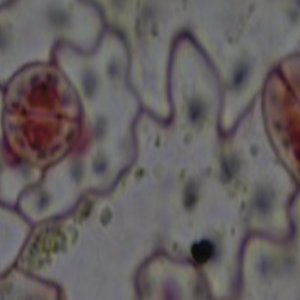Tolerance of Capsicum frutescens L. (Solanales: Solanaceae) to the duration of waterlogging and impact on the post-waterlogging and recovery periods

All claims expressed in this article are solely those of the authors and do not necessarily represent those of their affiliated organizations, or those of the publisher, the editors and the reviewers. Any product that may be evaluated in this article or claim that may be made by its manufacturer is not guaranteed or endorsed by the publisher.
Authors
Waterlogging is a shallow flooding in the area of the root and in some parts of the shoot. It is one of the most common types of flooding in agricultural areas. The duration of waterlogging affects plant growth and yield in response to stress by interacting with their ability to adapt. Plant adaptability during waterlogging affects their resilience to post-waterlogging and recovery conditions. In this research, we examined the tolerance of Capsicum frutescens to short (1 day), medium (3 days) and long (10 days) duration of waterlogging, as well as its implications on post-waterlogging, recovery, reproductive phase and harvest. Adaptability and growth rates were used to determine plant tolerance to waterlogging stress. The percentage of wilting, root damage, survival, stomatal response, formation of hypertrophic lenticels, adventitious roots, photosynthetic pigment content, height, leaf number, plant biomass, flower number, and fruit fresh weight were used to measure adaptability and growth. The results showed that a longer duration of waterlogging increased root damage and decreased plant growth, affecting photosynthetic pigment content, leaf number, root and shoot biomass. The ability to regulate the stomata opening, the formation of hypertrophic lenticels and adventitious roots enabled plants not to wilt permanently, surviving post-waterlogging conditions and during recovery, growing during reproductive phase and producing yields. The critical duration of waterlogging at the beginning of the vegetative phase occurred at 10 days, and pepper suffered a drastic reduction in vegetative and reproductive growth and yields. The maintenance of the root system and the development of adaptive mechanisms increased plant survival, thereby affecting yield.
How to Cite

This work is licensed under a Creative Commons Attribution-NonCommercial 4.0 International License.
PAGEPress has chosen to apply the Creative Commons Attribution NonCommercial 4.0 International License (CC BY-NC 4.0) to all manuscripts to be published.










